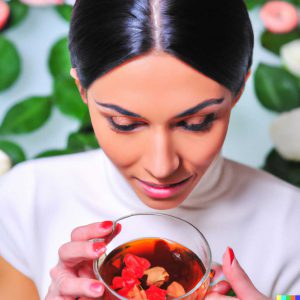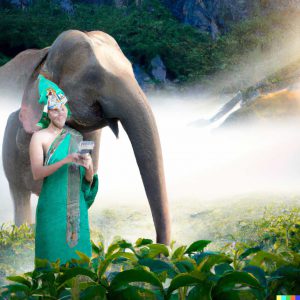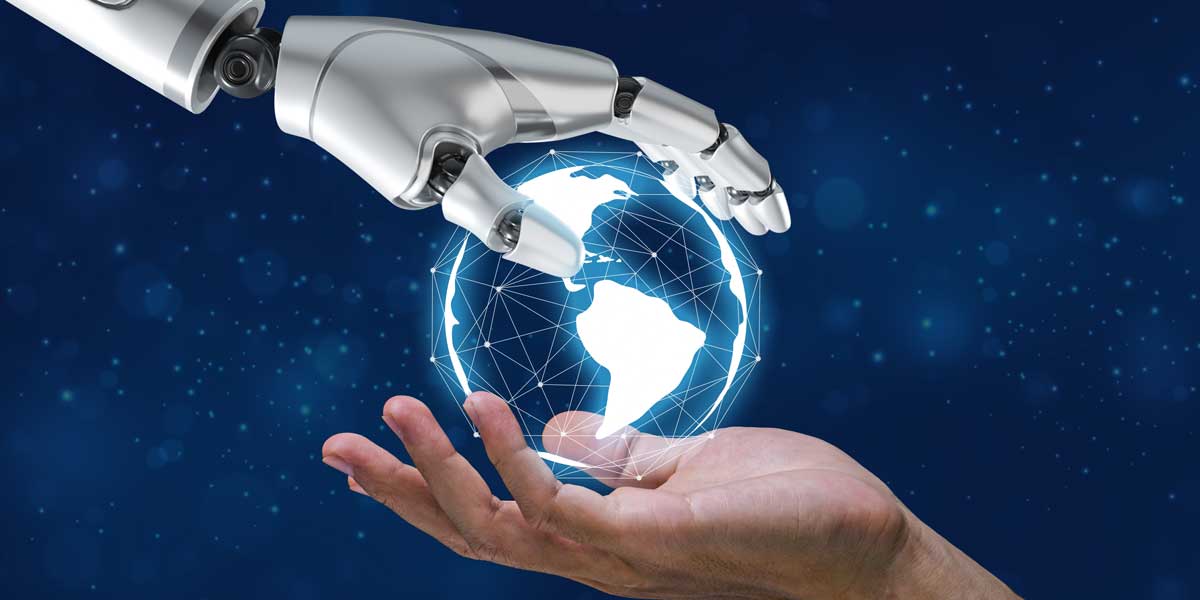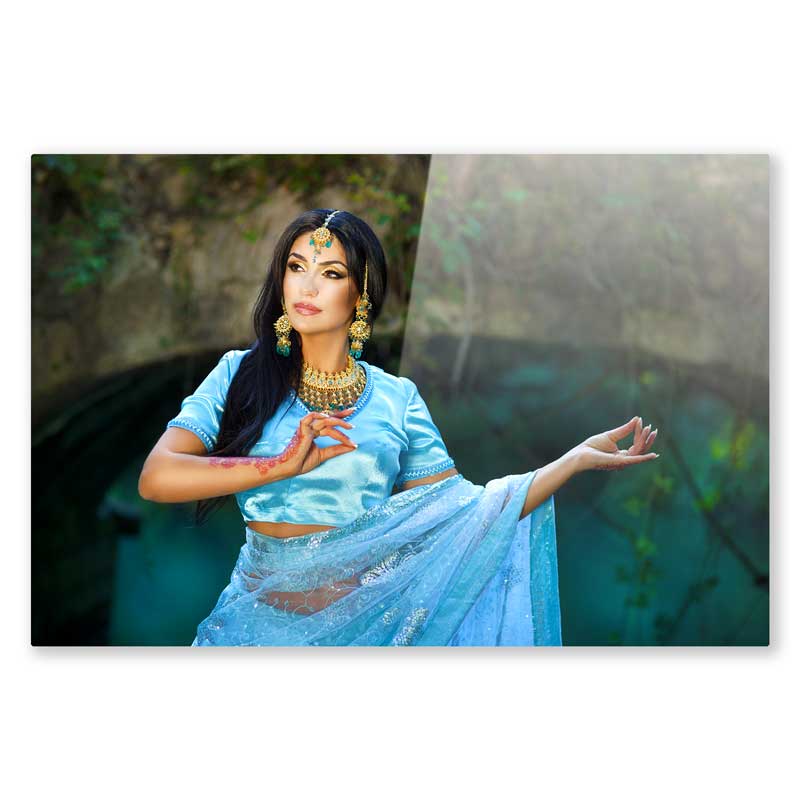If you have been keeping up with trends lately, you probably know that AI has been a major topic of conversation from media circles to individuals. Various questions arise such as how will AI affect one’s ability to use it for investing in stocks to controversies surrounding its usage in higher education to write term papers. One topic I have not heard a lot about has been how will it affect the visual arts. My plan is to make this at least a 3 part series where we explore how it could affect photography, how it will affect more traditional arts like painting and drawing, as well as how it will affect an artist’s ability to be more successful.
I started giving this some thought the other day after a conversation with a photographer. We were talking about an upcoming photo contest that we have sponsored and the rules surrounding using edited photos. The conversation eventually turned to what was considered an edited photo when many edits can be done in-camera now, immediately after the photographer presses the shutter button. Cameras ranging from DSLRs to iPhones give people with little skill in photography the ability to take amazing shots. This is due to both filter effects that the camera can utilize to adjust color, and contrast, and accommodate lighting, to more advanced hardware and filters. This creates an interesting dilemma because pictures considered directly out of the camera (or unedited) may be relative to some degree.
The rise of AI makes things even more complex. AI is already making progress in the field of digital image creation and editing. However, it is still in its early stages of development. Take for instance Dall-E which s an AI program developed by OpenAI that is capable of creating digital images from textual descriptions. It was trained on a massive dataset of images and text and can generate a wide range of images, including objects, animals, scenes, and even abstract concepts, based on the query you provide it.
For the first test, I asked Dall-E to create a photo of an attractive woman, for an herbal tea ad. The results were quite good as you can see below.

My next test was not nearly as successful. I decided to throw a curve ball into the equation. This tie I asked it to create a photo of an attractive woman, wearing an elephant costume, for an herbal tea ad. The results were nowhere near what I expected. Not only did it fail to place a woman in an elephant costume, but the rendering of the woman seemed a little odd as well.

As you can see, AI still has a way to go before it is ready to take over the world in some corners of the visual arts such as photography but be prepared for it to get better. While the results from my experiment were not consistent, one thing that has been consistent, is AI is improving.
What About Copyright Protections?
The usage rights of visual arts created by AI could be affected in several ways. For example, if an AI-generated image incorporates elements of copyrighted material, such as photographs or artwork, it could potentially infringe on the rights of the original creator. Additionally, if an AI-generated image is used in a commercial context, such as an advertisement or product packaging, there may be questions about who owns the rights to the image and whether any royalties or licensing fees are owed to the creators of the AI technology used to generate the image. As AI becomes more advanced and widespread in its use, it is likely that legal frameworks and guidelines will need to be established to address these and other potential issues related to the usage rights of AI-generated visual arts.
How Will it Affect Photography?
Now imagine this technology in a camera.AI could be integrated into a camera in a number of ways. For example, it could be used to improve autofocus and exposure or to provide real-time assistance to photographers as they compose their shots. One potential use of AI in cameras is to allow photographers to add or remove elements from a scene in real-time, using speech recognition software built into the camera. For instance, a photographer could ask the camera to add trees to a barren lot or remove a distracting element from a scene. This could potentially give photographers greater creative control over their images and enable them to capture more compelling photos.
But it could also have a negative impact in several ways. Firstly, AI could make it easier for non-professional photographers to create high-quality images, which could result in more competition for professional photographers. Secondly, AI tools could lead to the devaluation of traditional photography skills, such as lighting and composition, as AI algorithms could potentially automate these processes. Additionally, the use of AI in editing and post-processing could lead to a reduction in demand for traditional photo editors and retouchers. Finally, there is a risk that AI-generated images could be used without the permission of the photographer, potentially leading to copyright infringement and loss of revenue.
So what about other forms of the visual arts? We will explore how AI will affect other things such as an artist’s ability to get their work discovered as well as if it will have a negative impact on them as artists themselves.
Acrylic Glass Prints
Transform your space with our sophisticated Acrylic Glass Prints, featuring exceptional clarity and durability to showcase photography, art reproductions, or commercial applications with modern elegance.


Sad to say, a career in the visual arts will become synonymous with skillful use of AI. Traditional drawing and painting skills and the skillful use of artistic mediums will become antiquated curiosities.
Who knows, it may at some point create a new type of discipline within the fine art community but we will see. We actually are already seeing what I like to call AI artists using the technology and having us print their work. Some of the work looks breathtaking however I will say that the younger generation of artists are harder to impress and many times can tell what is AI-generated or not. Also, there is a strong resistance to it within the fine art community in general which for purists could be a good thing. But I am not sure it will last. After all there was a similar resistance to giclee printing.
Interestingly an AI Photo won the World Photography Organization’s Sony World Photography but the artist refused the award saying the submission was to prove a point. I had my daughter look at the photo and immediately she pointed out the hands. So yes, a younger generation may look at images more skeptically.
https://www.artnews.com/art-news/news/ai-generated-image-world-photography-organization-contest-artist-declines-award-1234664549/